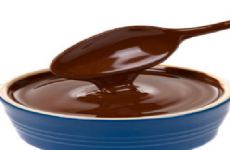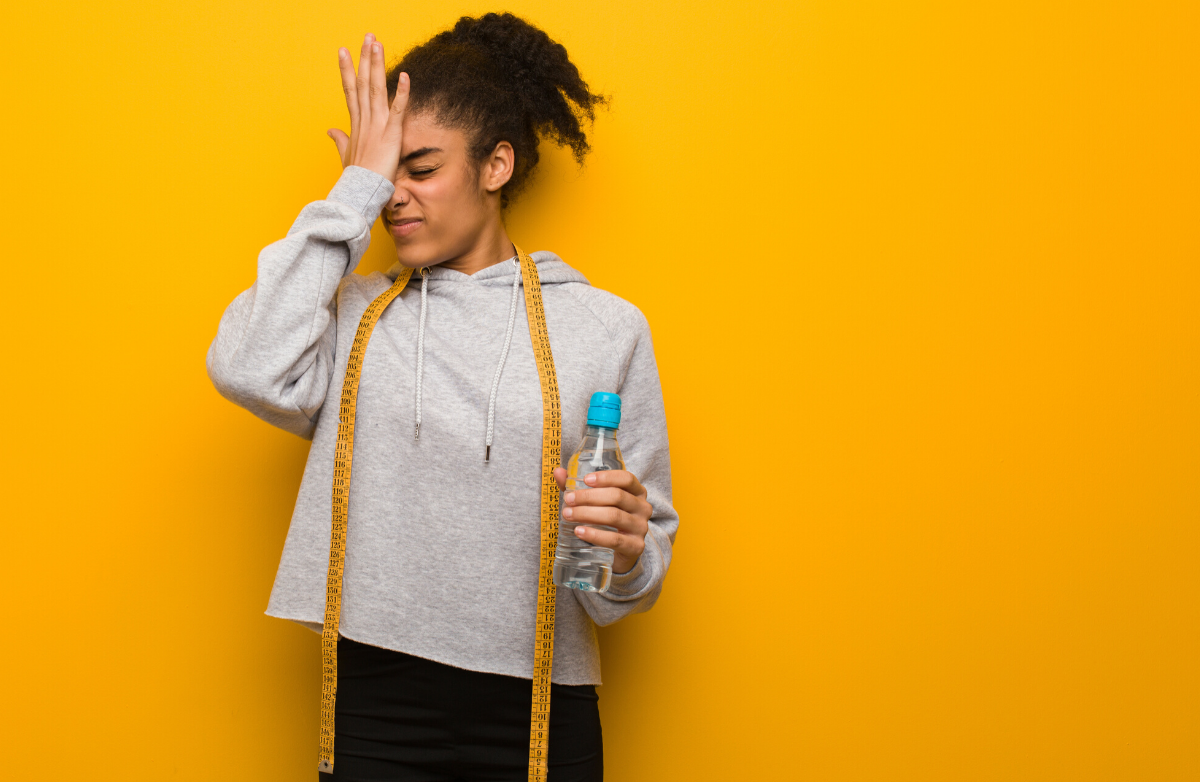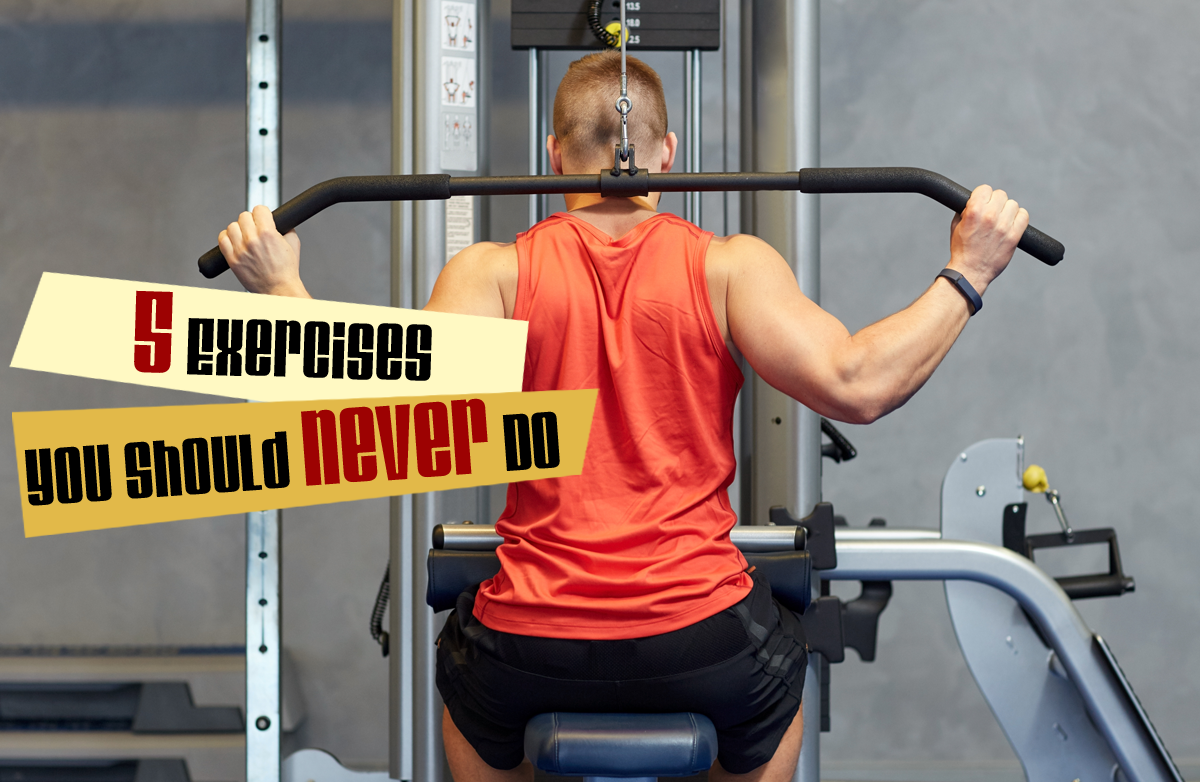By CD318156,
SparkPeople Blogger
8/8/2009
This is part 2 in a series about choosing the best shoe for your selected activity. As mentioned in my earlier blog, If the Shoe Fits, the best shoe for you may not be the shoe your best friend wears or even the same shoe you have worn for years.
Shoe manufactures are well-known for releasing new models each year, therefore discontinuing previous shoe models. Most manufacturers do so in December, while others wait until the spring. But know that when a new shoe is released many times there is a slight modification to the shoe's construction that can cause a shift in the way the shoe fits for you. So don't assume just because you have worn the same shoe that these changes will not affect your running or walking gait. This is why most experts recommend a yearly refitting.
However, it is very important to arrive to the store with a few pointers under your belt. Below is a list I comprised which may help you get a better fit.
If you can, go at the end of the day to get fitted. Because you have been on your feet most of the day, your feet are more swollen than they were first thing in the morning. I have even been known to get fitted after a nice run.
Bring the socks you plan to wear with your shoes. If you bring in a thin sock to try on shoes, but you plan to wear a thicker wicking sock during your activity, you may find that the shoe may be too snug when exercising. And if you haven't given socks much thought, this is the time to do so. Wicking socks pull moisture away from the feet, consequently reducing the risk of blisters. While they are on the pricey side, I have found them to be essential for those whose feet sweat profusely. Whatever you do, avoid wearing cotton socks during your activity as this allows the sweat to sit against the skin which can lead to blisters.
Make sure the shoe is comfortable in the store. If the shoe does not feel 'just right' in the store, try on another shoe. Shoes do not need a breaking in period, per se, so keep shopping. When I first started running I tried on well over 10 pairs of shoes before I found the one for me.
Consider a different way of lacing your shoe If you find a shoe that fits well but is still a little snug across the forefoot or too loose in the heal, know that there are many different lacing techniques that your sales person should be able to show you. Because I have wide feet and narrow heals, I have been using a lacing technique that allows for great forefoot expansion while allowing the shoe's collar to be drawn more snuggly.
Ask about the return/exchange policy at the store. Exchange and return policies vary between stores. Some stores will not accept returns if the shoe is shown to be worn or if the return period is greater than 30 days. Many stores will offer an exchange but be sure to ask.
Breaking in a shoe, well sort of. As mentioned earlier, shoes should not need a breaking in period per se, but most experts recommend wearing your new shoes around the house for a couple hours a day for a few days. The reason, the heat from your foot allows the inner sole to mold to your foot therefore allowing for better comfort when you do take them out for a walk/run.
Don't wear your new shoes for your longest run or walk until you have worn them for a few shorter runs/walks first. You will want to allow time to transition into your new shoes, even if they are the same make and model you have worn before. I have been known to wear my new shoes for the first 2-3 miles of my long run and then transitioning back into my older pair. This is one reason why you do not want to wait before your old shoes completely wear out before you get fitted for your new ones. And never wear new shoes for a race without wearing them for a few weeks.
Write the date on the insole of your shoe. If you decide these are the shoes for you and you do not plan to return them for any reason, writing the date on the bottom of the shoe will remind you when started wearing your shoe so that you can keep track of the mileage and time.
Replacing shoes. Most shoes will start breaking down between 300-500 miles, but this time frame can vary among shoe manufactures. If you begin to experience new aches/pains and you have not altered your training, this may mean it's time for new shoes, even if you are well short of the mileage mentioned above.
Purchasing the best shoe for your dollar is something I think we all strive to do. Wearing the proper socks and being fitted when you have time to sort through all the different makes and models should help you get the best shoe for your foot and activity.
Have you been fitted for shoes at a local running specialty store? What was your experience? Do you consider socks and timing to be important factors when being fitted for shoes?
|
|






















